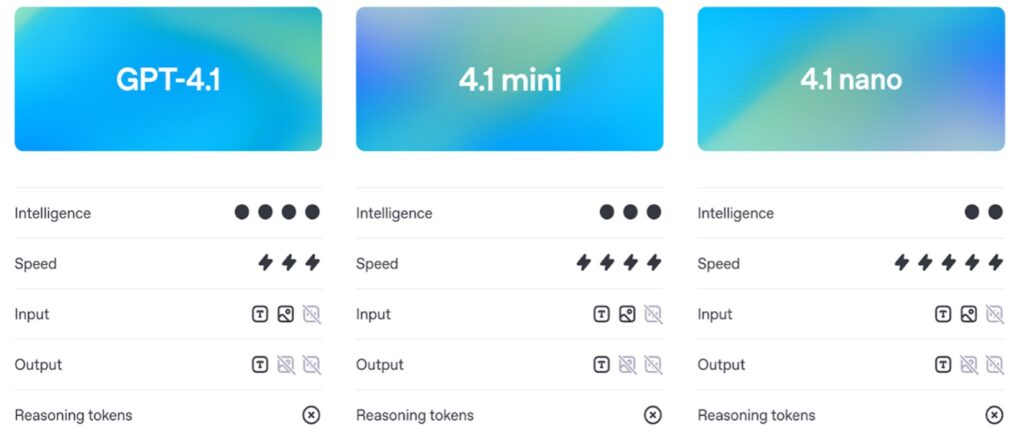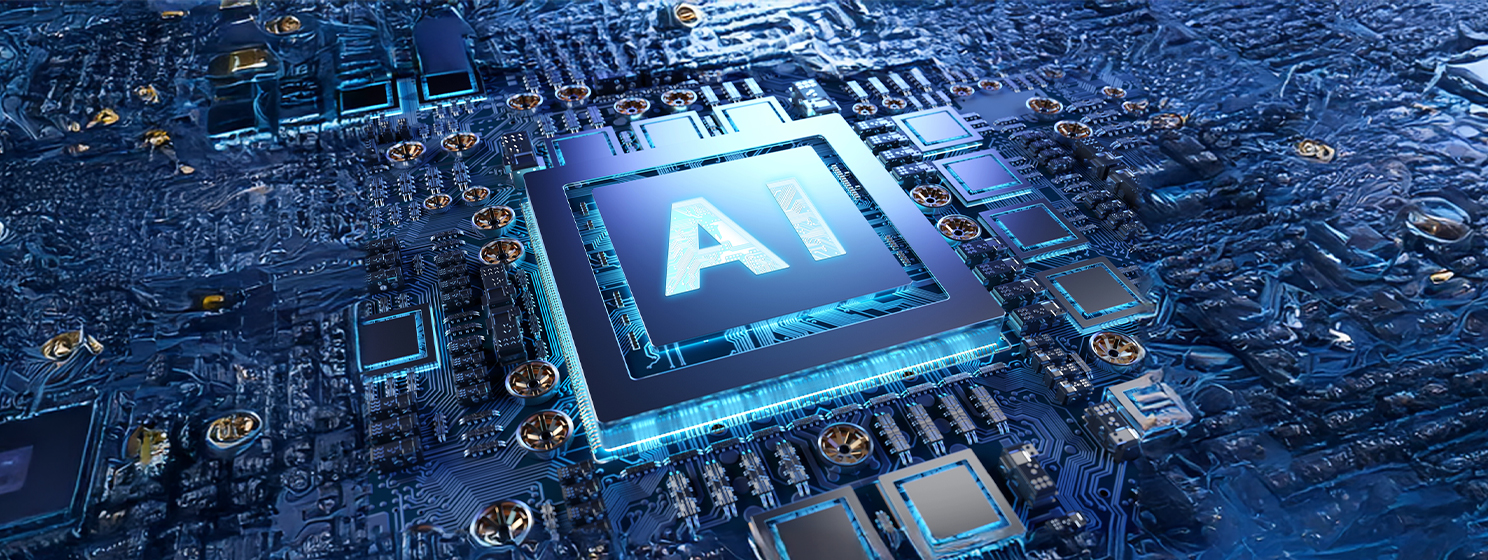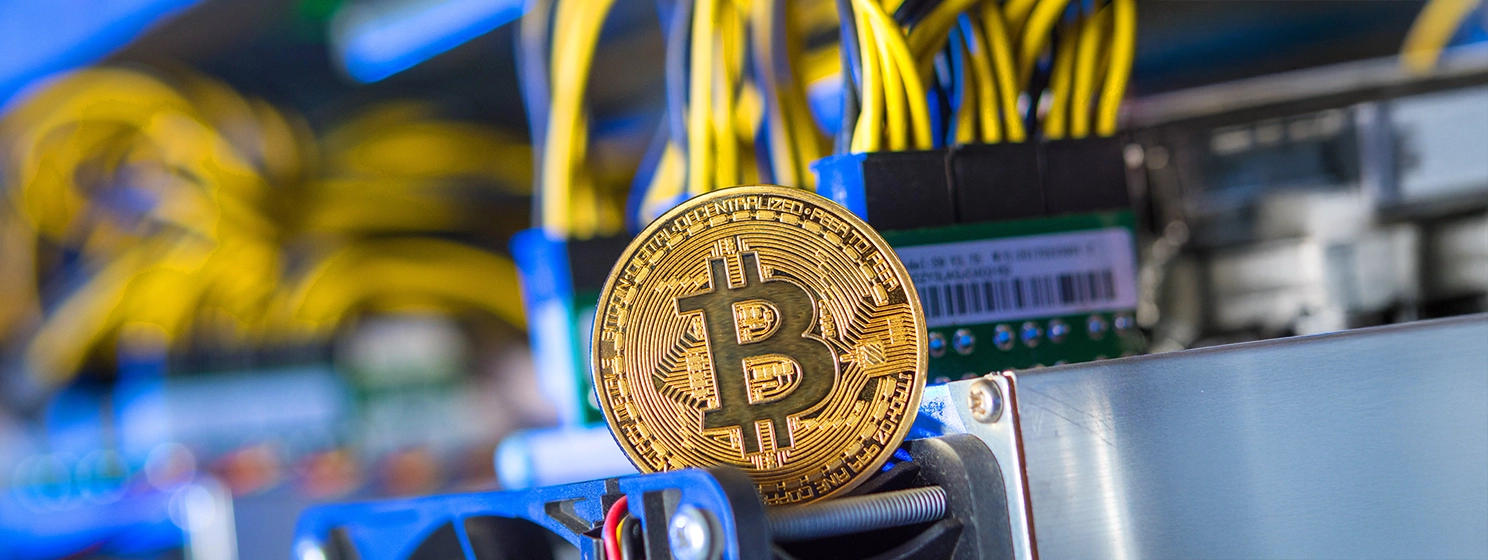|
Getting your Trinity Audio player ready...
|
GPT-4.1, the latest and much-improved artificial intelligence (AI) model, is here. According to OpenAI, it’s cheaper, more powerful, has better reasoning than its predecessors, and is a cut above its rivals.
OpenAI launched GPT-4.1 this week alongside the smaller and more affordable GPT-4.1 Mini and GPT-4.1 Nano, which the company says is its “smallest, fastest, and cheapest” model. The new models are only available via the company’s API, not directly via ChatGPT.
The new model is geared toward developers in what has become a race between AI companies to create a model that can handle complex programming tasks. Sarah Friar, the company’s CFO, described it as an “agentic software engineer,” which she believes could completely replace humans in coding.
In an accompanying statement, a spokesperson noted that the model integrated a lot of feedback from developers and beats most rivals in “frontend coding, making fewer extraneous edits, following formats reliably, adhering to response structure and ordering, consistent tool usage, and more.”
OpenAI says GPT-4.1 scored 55% on the SWE-bench test, which assesses a model’s ability to identify real-world software bugs. While it’s a significant improvement over the 33% that GPT-4o scored, it still lags behind Google’s (NASDAQ: GOOGL) Gemini Pro 2.5 (63.8%) and Anthropic Claude 3.7 Sonnet (62%).
The new model’s standout feature is its improved context window. The firm says that all three models “can handle up to a million tokens of context.” This translates to around 750,000 words at a go (equivalent to all of Shakespeare’s plays and poems combined). On this metric, it rivals Google’s Gemini and beats Anthropic’s models.
Other notable improvements on the new models include the ability to “understand” video content, with the new models hitting 72% accuracy on long videos with no subtitles, which OpenAI says is the best in class.
Since China’s DeepSeek rocked the Western world, reducing costs has become one of the benchmarks for any new model. To this, OpenAI says GPT-4.1 is 26% cheaper than GPT-4o. The costs also vary between the three sub-models: those who value accuracy and ‘intelligence’ are best served by GPT-4.1, sacrificing speed. The smaller models are faster but rank lower on ‘intelligence.’

Then there’s OpenAI’s confusing nomenclature for its models. GPT-4.1 follows the release of GPT-4.5 two months ago, whose predecessor was GPT-4o. There’s also a standalone deep reasoning model just named “o.” CEO Sam Altman even acknowledged the company’s confusing naming system, pledging to fix it this year.
It might get just a little bit easier, as the company intends to retire GPT-4.5 from its API in mid-July and replace it with the new GPT-4.1.
However, model names may not rank high on Altman’s agenda. Besides competition from cheaper models from China, he’s also embarking on a new challenge: building OpenAI’s version of X. Sources say that the company is at an early stage in the development and it has yet to decide if it will integrate the new app into ChatGPT or make it a standalone product.
Nvidia to build AI supercomputers in the US for the first time
As American AI companies ramp up their model training, Nvidia (NASDAQ: NVDA) wants to make access to its infrastructure easier than ever. The chip production giant announced this week plans to manufacture its supercomputers entirely in the United States for the first time ever.
The company revealed it will build the supercomputers in Texas, partnering with Foxconn in a Houston-based plant and Winstron in a Dallas operation. It expects to ramp up production over the next 15 months. It also intends to manufacture its Blackwell chips in Arizona.
These partnerships will produce over $500 billion worth of AI infrastructure in the U.S. within the next four years, the firm says.
Nvidia has been producing its graphics processing units (GPUs) mainly in Taiwan. However, President Donald Trump imposed a 32% tariff on imports from the Asian nation, which would raise the cost of production significantly. Trump’s push seeks to bring back manufacturing to the U.S., which has lost out to Asian nations with cheaper labor. The Republican president has buckled slightly and exempted some products, but Nvidia isn’t taking any chances.
The chip-making giant indicated it would utilize advanced technologies, such as robotics and digital twin technologies, to optimize production. This will include Nvidia Omniverse, a 3D collaboration platform used in industrial simulation through digital twins. However, it doesn’t utilize blockchain technology.
In order for artificial intelligence (AI) to work right within the law and thrive in the face of growing challenges, it needs to integrate an enterprise blockchain system that ensures data input quality and ownership—allowing it to keep data safe while also guaranteeing the immutability of data. Check out CoinGeek’s coverage on this emerging tech to learn more why Enterprise blockchain will be the backbone of AI.
Watch: Demonstrating the potential of blockchain’s fusion with AI

 01-07-2026
01-07-2026 




